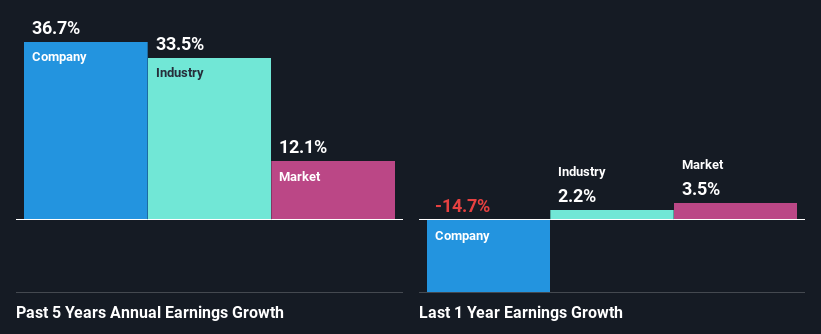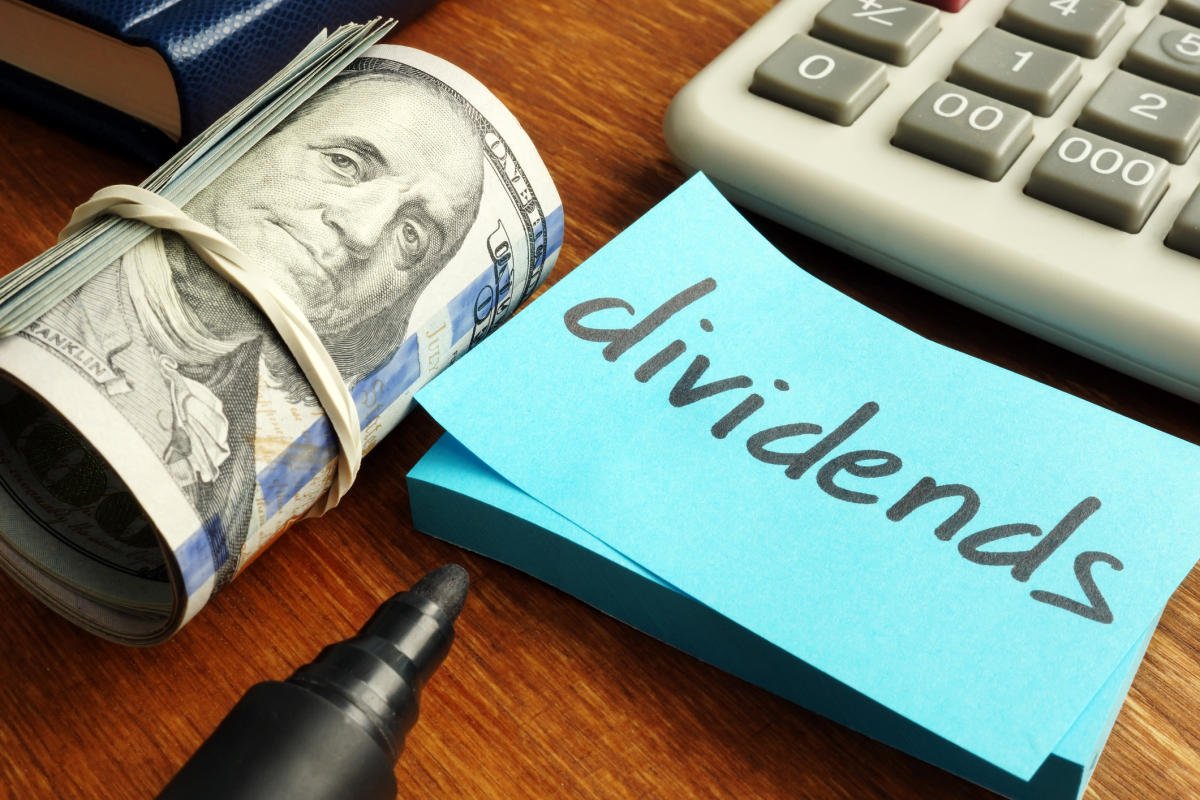With its stock down 11% over the past three months, it is easy to disregard BJ’s Restaurants (NASDAQ:BJRI). However, stock prices are usually driven by a company’s financials over the long term, which in this case look pretty respectable. Particularly, we will be paying attention to BJ’s Restaurants’ ROE today.
Return on Equity or ROE is a test of how effectively a company is growing its value and managing investors’ money. Simply put, it is used to assess the profitability of a company in relation to its equity capital.
How Do You Calculate Return On Equity?
ROE can be calculated by using the formula:
Return on Equity = Net Profit (from continuing operations) ÷ Shareholders’ Equity
So, based on the above formula, the ROE for BJ’s Restaurants is:
4.5% = US$17m ÷ US$370m (Based on the trailing twelve months to December 2024).
The ‘return’ refers to a company’s earnings over the last year. So, this means that for every $1 of its shareholder’s investments, the company generates a profit of $0.05.
Check out our latest analysis for BJ’s Restaurants
What Is The Relationship Between ROE And Earnings Growth?
So far, we’ve learned that ROE is a measure of a company’s profitability. We now need to evaluate how much profit the company reinvests or “retains” for future growth which then gives us an idea about the growth potential of the company. Assuming everything else remains unchanged, the higher the ROE and profit retention, the higher the growth rate of a company compared to companies that don’t necessarily bear these characteristics.
BJ’s Restaurants’ Earnings Growth And 4.5% ROE
As you can see, BJ’s Restaurants’ ROE looks pretty weak. Not just that, even compared to the industry average of 15%, the company’s ROE is entirely unremarkable. In spite of this, BJ’s Restaurants was able to grow its net income considerably, at a rate of 37% in the last five years. We believe that there might be other aspects that are positively influencing the company’s earnings growth. For example, it is possible that the company’s management has made some good strategic decisions, or that the company has a low payout ratio.
Next, on comparing BJ’s Restaurants’ net income growth with the industry, we found that the company’s reported growth is similar to the industry average growth rate of 33% over the last few years.

The basis for attaching value to a company is, to a great extent, tied to its earnings growth. What investors need to determine next is if the expected earnings growth, or the lack of it, is already built into the share price. By doing so, they will have an idea if the stock is headed into clear blue waters or if swampy waters await. What is BJRI worth today? The intrinsic value infographic in our free research report helps visualize whether BJRI is currently mispriced by the market.
Is BJ’s Restaurants Making Efficient Use Of Its Profits?
BJ’s Restaurants doesn’t pay any regular dividends currently which essentially means that it has been reinvesting all of its profits into the business. This definitely contributes to the high earnings growth number that we discussed above.
Conclusion
Overall, we feel that BJ’s Restaurants certainly does have some positive factors to consider. Despite its low rate of return, the fact that the company reinvests a very high portion of its profits into its business, no doubt contributed to its high earnings growth. On studying current analyst estimates, we found that analysts expect the company to continue its recent growth streak. Are these analysts expectations based on the broad expectations for the industry, or on the company’s fundamentals? Click here to be taken to our analyst’s forecasts page for the company.
Valuation is complex, but we’re here to simplify it.
Discover if BJ’s Restaurants might be undervalued or overvalued with our detailed analysis, featuring fair value estimates, potential risks, dividends, insider trades, and its financial condition.
Have feedback on this article? Concerned about the content? Get in touch with us directly. Alternatively, email editorial-team (at) simplywallst.com.
This article by Simply Wall St is general in nature. We provide commentary based on historical data and analyst forecasts only using an unbiased methodology and our articles are not intended to be financial advice. It does not constitute a recommendation to buy or sell any stock, and does not take account of your objectives, or your financial situation. We aim to bring you long-term focused analysis driven by fundamental data. Note that our analysis may not factor in the latest price-sensitive company announcements or qualitative material. Simply Wall St has no position in any stocks mentioned.














